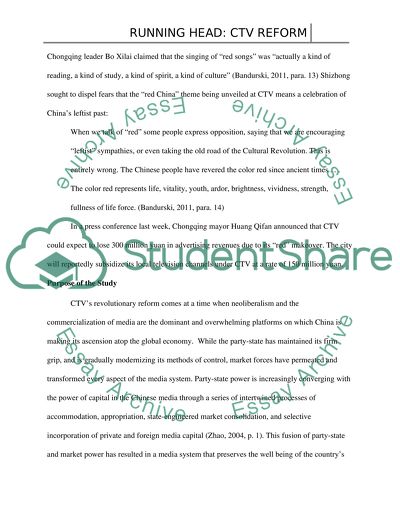Cite this document
(“Media in China Term Paper Example | Topics and Well Written Essays - 3000 words”, n.d.)
Retrieved from https://studentshare.org/media/1414330-media-in-china
Retrieved from https://studentshare.org/media/1414330-media-in-china
(Media in China Term Paper Example | Topics and Well Written Essays - 3000 Words)
https://studentshare.org/media/1414330-media-in-china.
https://studentshare.org/media/1414330-media-in-china.
“Media in China Term Paper Example | Topics and Well Written Essays - 3000 Words”, n.d. https://studentshare.org/media/1414330-media-in-china.


